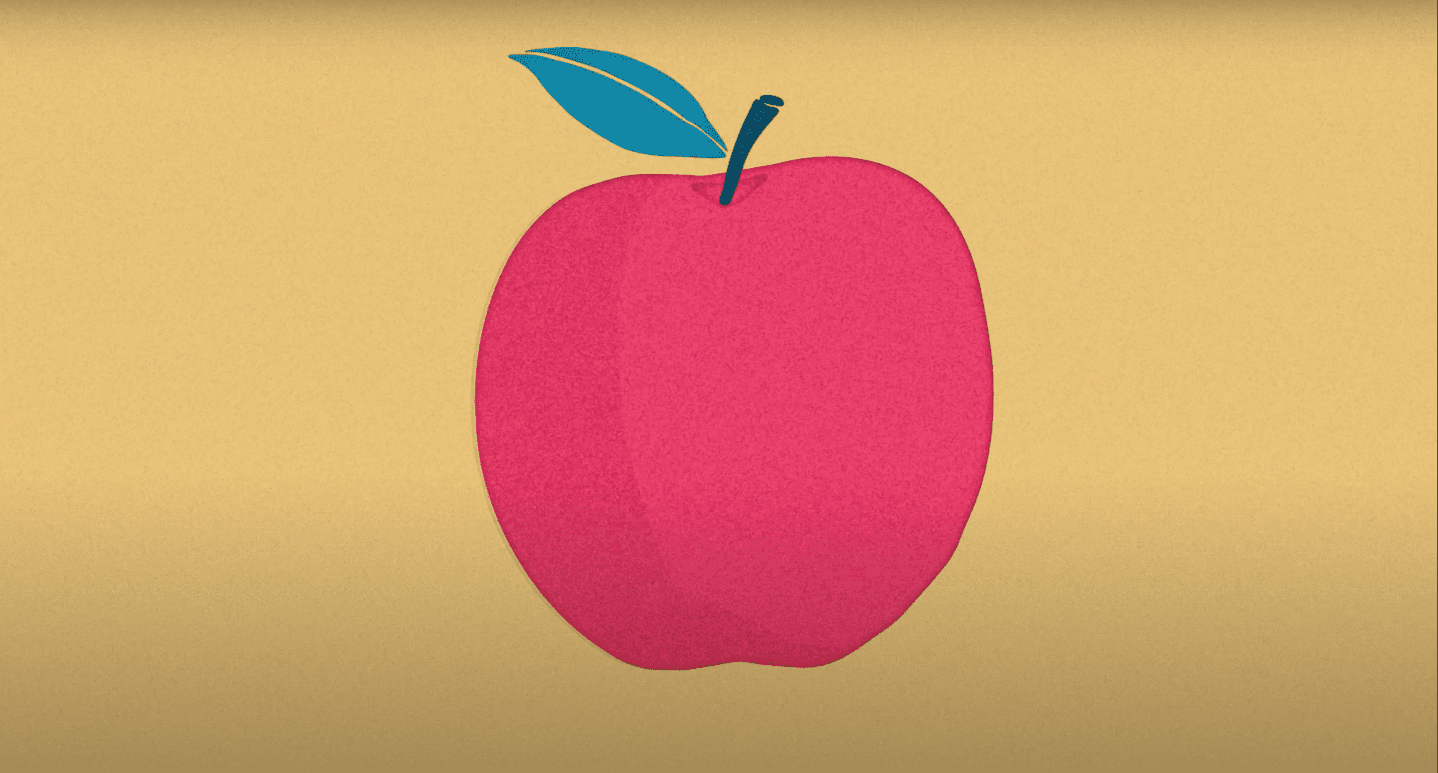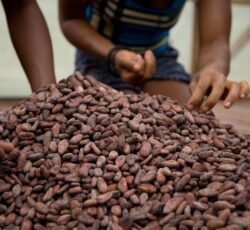The 8 most burning questions from the webinar
Last week, we officially launched Trace, our brand new platform that enables food companies to reach full traceability and transparency. Over 200 people joined the online launch event, where we explained why traceability and transparency matter, and where the use case of Trabocca was presented – as one of the first users the coffee importer is employing Trace to reach living incomes in their supply chains. A lot of interesting questions were asked by our audience. We compiled the 8 most burning ones in this blog post.
This video cannot be shown because you didn't accept the cookies.
Change choice

On the level of transparency
Does Trace give total transparency on prices on all levels, from farmer to end user?
Trace gives transparency on data that is collected and shared by supply chain partners. If all supply chain partners choose to share price data, then Trace can give that transparency, yes. This is not always the case nor is it always desirable, though.
On farmer security
How do you overcome the challenge of making a farmer’s transaction data public? That in our experience poses a risk to farmers as people know when they have received cash payments.
Much like the answer above, Trace puts out what you put in. By default, Trace does make core transaction data (what was transacted by who and when?) public on its platform and on the blockchain. Supply chain partners can choose to show more or less data, such as prices and/or when a cash transaction took place. Showing when a product transaction took place is not the same as showing when a cash payment took place, as these often do not happen at the same time. In addition, the date/time a transaction is processed on Trace can differ from the date/time the product or cash transaction took place. In case farmers or other partners do not want to show transaction dates, Trace can anonymise them, or work with zero-knowledge proofing – at the cost of transparency, obviously.
How do you make sure the farmers are actually wanting to be listed publicly and that they understand the consequences of being listed publicly?
Trace users, not Fairfood, are responsible for entering data – including farmer lists – correctly. Getting consent from farmers is part of this responsibility. Trace helps users register consent in three ways. If farmers are online they give consent via the signup page, if they have SMS they can give consent via SMS and if they have no phone, they can give consent via a consent form or via a transaction receipt.
We very much respect every stakeholder’s privacy and will only continue to encourage to only display certain data after consequences have been explained and contracts have been signed. Moreover, we advise to only use a farmer’s first name and her or his location with an approximation of x kilometres.
Please note that Trace isn’t just meeting the needs and wishes of food brands and consumers on the far end of the supply chain. For farmers too, there is an incentive to use the platform. For one, they will learn where their products travel and, with that, may learn about (quality) preferences down the chain. Moreover, the platform can serve as a digital log of past transactions, that may be used when applying for financing at banks. Of course, this is assuming the farmers have access to adequate technology.
Furthermore we are looking into ways to compensate farmers for the time, data and energy they put in Trace. Both with Trabocca and Verstegen, we are actively exploring how much value Trace adds to products – to whom in the supply chain is the transparent product information of added value? Be it a consumer, a marketing team or, say, a coffee roaster. The next step is proportionately channelling this added value back to the farmer, serving as a new source of income.
This video cannot be shown because you didn't accept the cookies.
Change choice

On the viability
Great tool for transparency, however the verification of claims (faulty audits) remains a problem. How do you guarantee that claims are trustworthy?
This garbage-in/garbage-out problem is of course a real challenge, also to Trace. Claim verification via Trace takes three forms: self-verification, system verification and third-party verification. All these forms rely on data inputs by users. Incorrect data can be put in, and Trace can not somehow magically detect lies, nor do we claim it can. Trace collects data at the source so that supply chain partners enter and verify their own data as much as possible, and stores it decentrally, so it can’t be meddled with. Far from some magical ‘lie-detector’ Trace does present a big step forward from the situation in which all data comes from one source and can be changed at will. In big lines, Trace doesn’t necessarily guarantee that certain claims are true, but gives you access to the data so you have the opportunity to judge for yourself.
What needs to happen to take this technology to scale in a given sector? In coffee, what
percentage of the market can we reach with this, say in the next 10 years?
Like any new technology, it takes time for people and infrastructure to adjust. However, just like we saw a rapid rise in certifications in the last 20 years, we expect a similar rise in traceability and transparency solutions, if not sharper. A global pandemic such as COVID-19 also acts as a catalyst for such solutions as it shows everyone where the flaws lay in our current system. There are many articles such as this one, published by the World Economic Forum, which explain why system disruptions such as COVID-19 call for more resilient and transparent supply chains – they often mention blockchain as a potential solution.
Almost every large food brand has started experimenting with blockchain enabled traceability since 2018. While traceability systems are not yet on a large scale visible in supermarkets, they are being developed ‘under the hood’. If current trends continue, we expect that the majority of sustainable brands and products will at least offer some form of transparent proof to stand by their storytelling in the foreseeable future.
Based on market and regulation trends, we project that within 10 years it will be impossible to import food into western countries without being able to prove where it comes from and whether it meets certain safety and sustainability criteria. Traceability will play a big role in this. Companies who have food safety and sustainability as core company values will be frontrunners and the rest will follow, as it is becoming more and more clear what the added value of traceability is. We have a keen interest in quantifying the traceability business case, in order to be able to say: ‘Trace adds X% value to your product and it costs €Y, so you do the math’.
On the institutional meaning of trace
A Fairtrade certificate also allows transparency on farm gate prices through cooperatives. In that sense, what additional value is Trace providing?
Trace can be used for far more than farmgate prices. Any claim can be added to any individual transaction, along with evidence to substantiate it. This allows for more detailed insight than a more generic Fairtrade certificate can offer. They are very different things, adding different values.
The main difference in the end is that certifications set a standard for an industry for everyone to comply with in order to carry the label. Trust is created by appointing a central organisation to do enough checks on all the thousands of companies that carry their label in order to guarantee compliance of that specific standard. Trace on the other hand, doesn’t set any standard, we don’t even say that the products that go through our system are always what we would consider “fair”. We just offer value chains the tools to make the data behind their products transparent so that the end consumer can make their own judgement as to whether they think this is a fair product or not. A whole different ball game.
Should Trace be seen as a stand-alone thing, which can substitute fair trade or organic certification? Or would Trace normally fit into a bundled context with “Trace + fair trade certification” or “Trace + organic certification”?
Certification labels have done a great job and raised a lot of awareness among consumers when it comes to social and environmental sustainability. Nevertheless, with current practices quality marks are reaching their limits. They will be the first to admit this. One problem with certification is that they only offer one standard, while every product and product chain is unique. To summarise this complex ecosystem of people, activities and processes in one binary certificate – fair, organic – is not enough. The next step lies in transparency and traceability – in connected chains and chain partners who can take their responsibility. Various certifiers, too, are looking into this. Trace is the next step. In the future, certification labels could potentially serve as a partner on the Trace platform. Fair trade or organic certifiers could act as the verifier of claims that are made within the Trace platform, be it with more transparency than current certification offers.
Have there been any regulatory/policy obstacles in the implementation of this project, either in Ethiopia, the Netherlands or other, and what can governments do to support the adoption of these types of track and trace projects?
Regarding the first part of this question: no, we have not experienced such a thing so far. Governments, especially in the EU, seem to actually be promoting traceability and transparency initiatives. We expect that future regulation will drive more and more demand for such solutions as food brands will be inclined to know where their products come from and by whom they have been produced, as an important part of their responsible business conduct.
A replay of the full webinar is available now! Go watch it in your own time.

